|
|
Area/Range |
|---|---|
|
|
46.75770°N / 22.79502°E |
|
|
Hiking |
|
|
Spring, Summer, Fall, Winter |
|
|
6024 ft / 1836 m |
|
|
LukZem Video
|
|
Overview
|
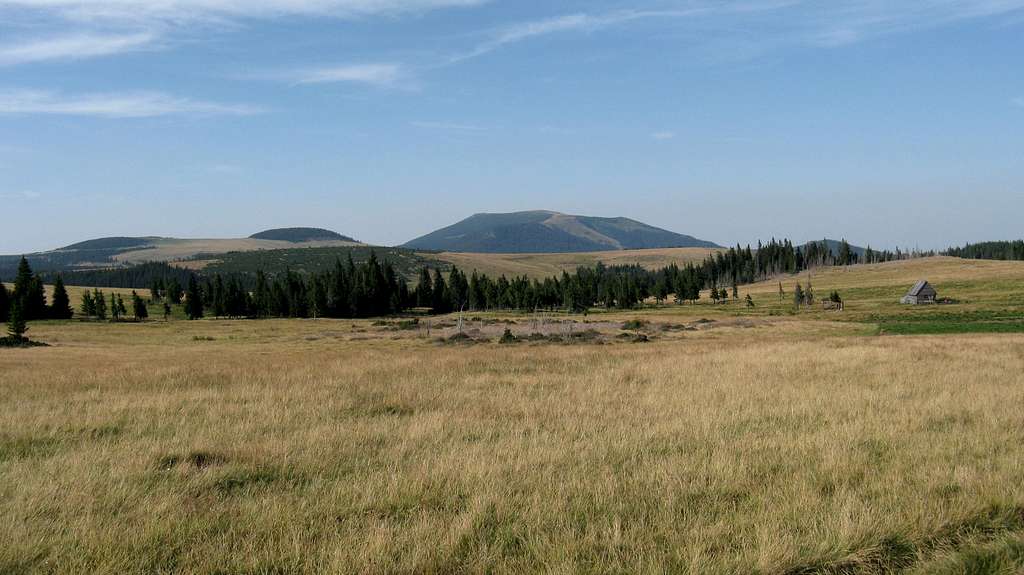
Munţii Vlădeasa (Romanian) Vlegyásza-hegység / Kalota-havas (Hungarian)

The main ridge of the Vlădeasa massif is about 50km long and resembles a horseshoe along whose axis the Drăgan/Dregán river runs northerly, dividing this massif into two segments. The eastern ridge boasts the highest peak named Vf.Vlădeasa/Vlegyásza or Vigyázó which tops out at 1836m. It is the third highest summit in the Apuseni Mountains. The western ridge is much lower, does not exceed 1500m in elevation and is not often visited by hikers. It rises over the valley of the Iad river and trends SSE, with the following summits: Stâna de Izvor (1339m) - Muncelaşu (1415m) - Piatra Calului/Ló-havas (1463m) - Vf.Muncei/Kis-havas (1411m) - Vf.Poienii/Mező-havas (1625m) - Vf.Bohodei/Istenek-havasa (1654m) - Vf.Fântăna Rece/Hideg-kút (1654m). Past Cornul Munţilor/Szegelet-havas the eastern ridge turns NE towards the summits of Vf.Cârligatele/Horgas-havas (1694m) - Coasta Brăiesei (1692m) - Vf.Briţei/Sík-havas (1759m) - Piatra Tâlharului/Tolvajoskő or Tolvajkő or Tolvajvár (1608m) - Vf.Miclău/Mikó-havas (1640m) - Nimăiasa/Néma-havas (1589m) - Vârfuraşu/Kis-havas (1688m) - Vf.Vlădeasa/Vigyázó (1836m).
This charming landscape is enriched by multiple caves (e.g. Vârfuraşu) and countless cascades, including the highest waterfall of the Vlădeasa Mountains named Săritoarea Bohodeiului, which is 80m tall. It is volcanic rocks - andesite, rhyolite and dacite - that predominate in the Vlădeasa massif. Jurassic limestone can be found in isolated places towards the fringe of the mountains, Pietrele Albe/Fehér-kövek (White Cliffs) being a case in point.
|
Getting There
The nearest airport is at Cluj-Napoca.
Road and train access to the Vlădeasa Mountains is possible from the NW/NE – details are tabulated below.
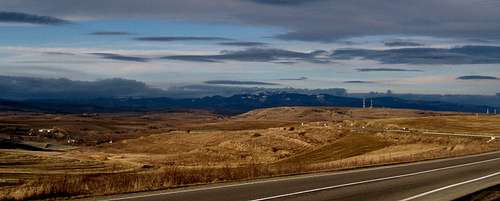
| Access routes | Trailhead at | Marks | Destinations |
Red Tape & Camping
Situated at 1430 m, the Vlădeasa hut is the only one offering accommodation in the mountains. But you may pitch your tent almost everywhere, although the main ridge of the Vlădeasa Mountains forms the boundary of the Apuseni Nature Park, in which there are some nature reserves, such as Pietrele Albe, Buteasa and Cârligatele.
Weather & Rescue Service
Maps & Books
Online maps
Paper map
- 1 : 50 000 Vlădeasa Mountains by DIMAP
Books
- Guidebook by Palczer János in Hungarian
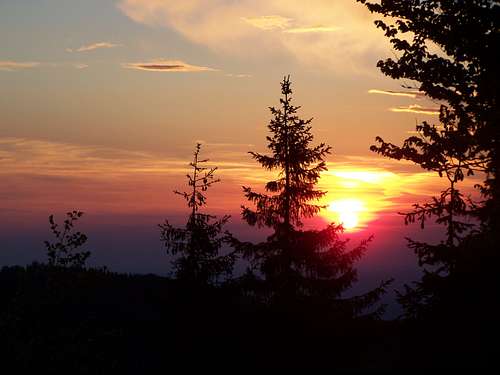


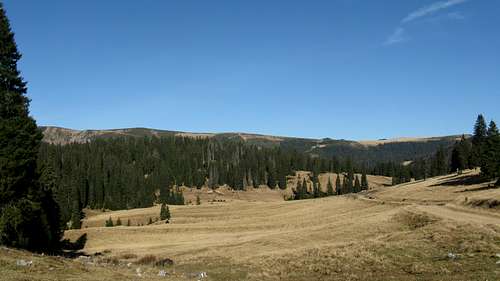
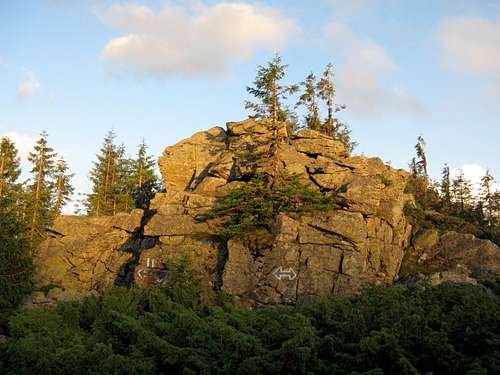
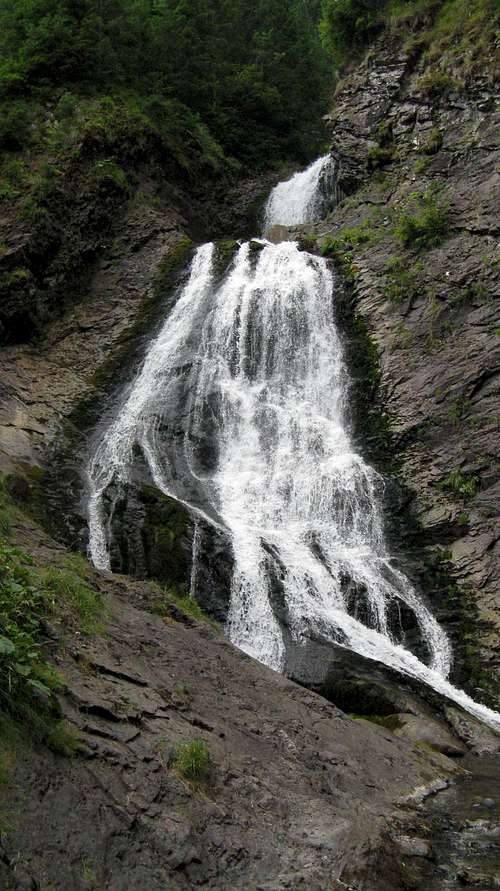
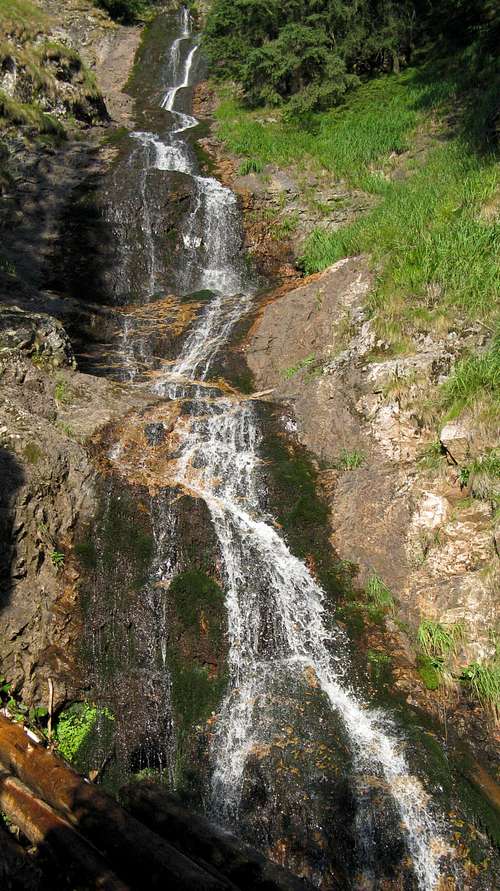
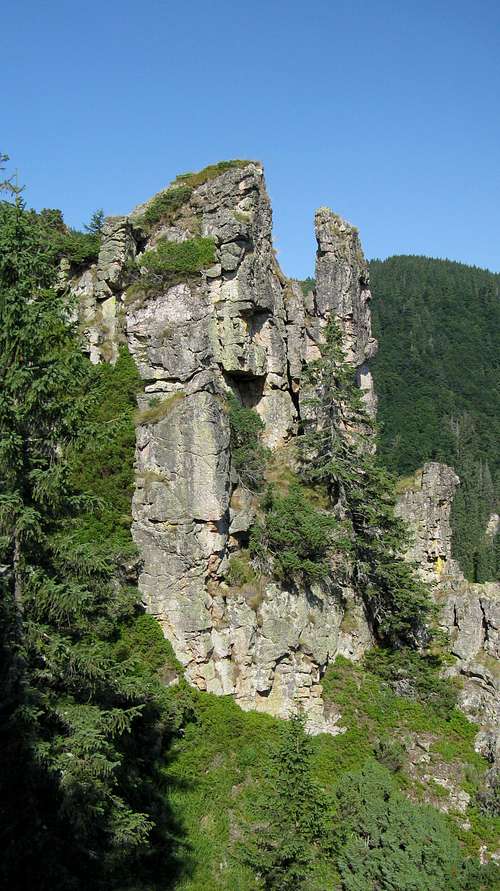
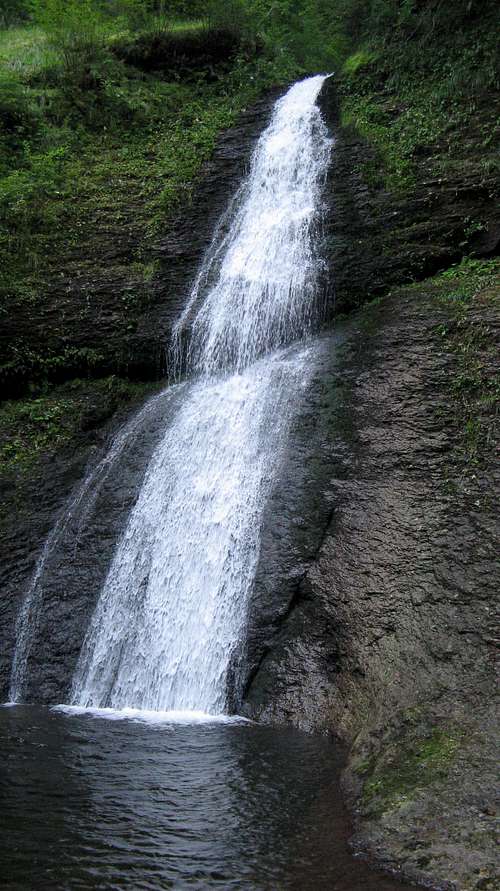

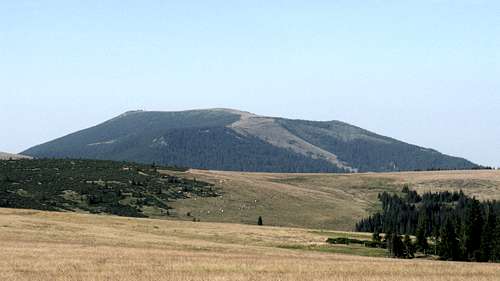
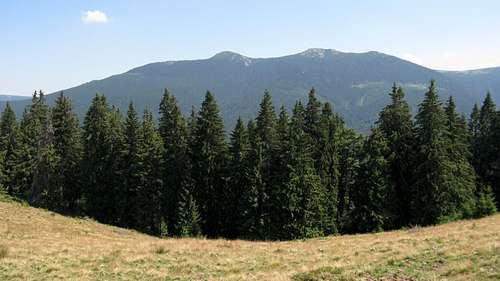

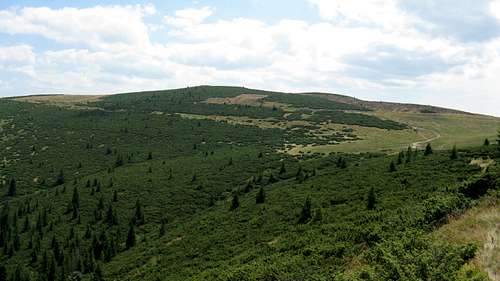
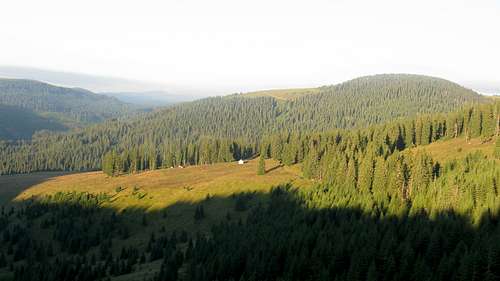


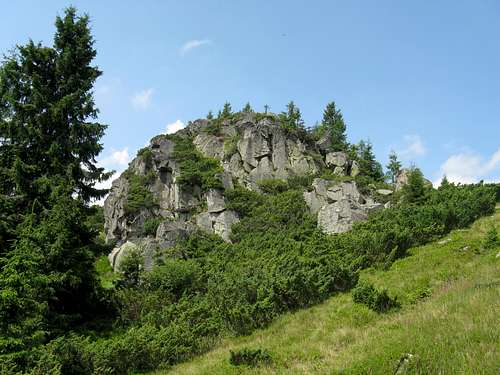
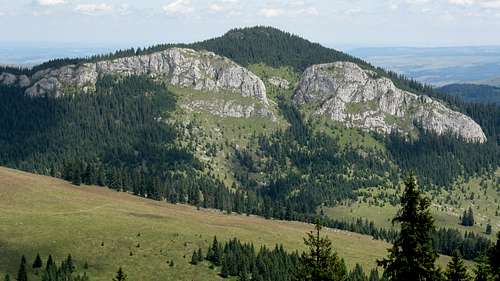

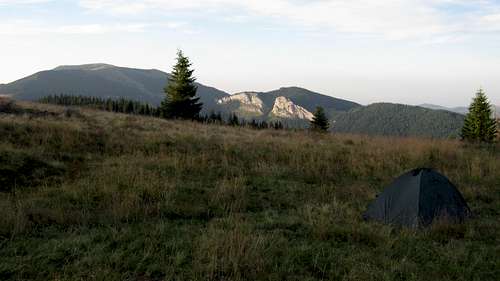
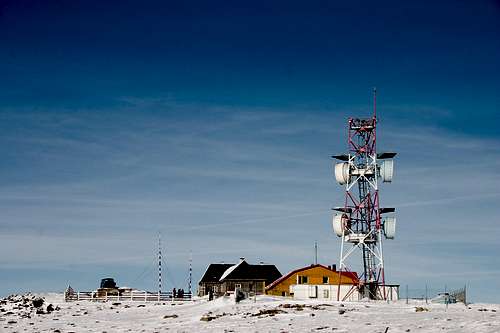
peterbud - Apr 28, 2008 9:58 am - Voted 10/10
Online weather infoActual weather is available for Vladeasa peak.
SzaniUherkovich - May 6, 2011 4:03 pm - Voted 10/10
1836 mAccording to this page it's only 1430 m high. But isn't it 1836 m high?
yatsek - Oct 4, 2016 5:04 pm - Voted 10/10
Re: 1836 mNow it is :-)
SzaniUherkovich - Oct 5, 2016 3:05 am - Voted 10/10
Re: 1836 mWOW!